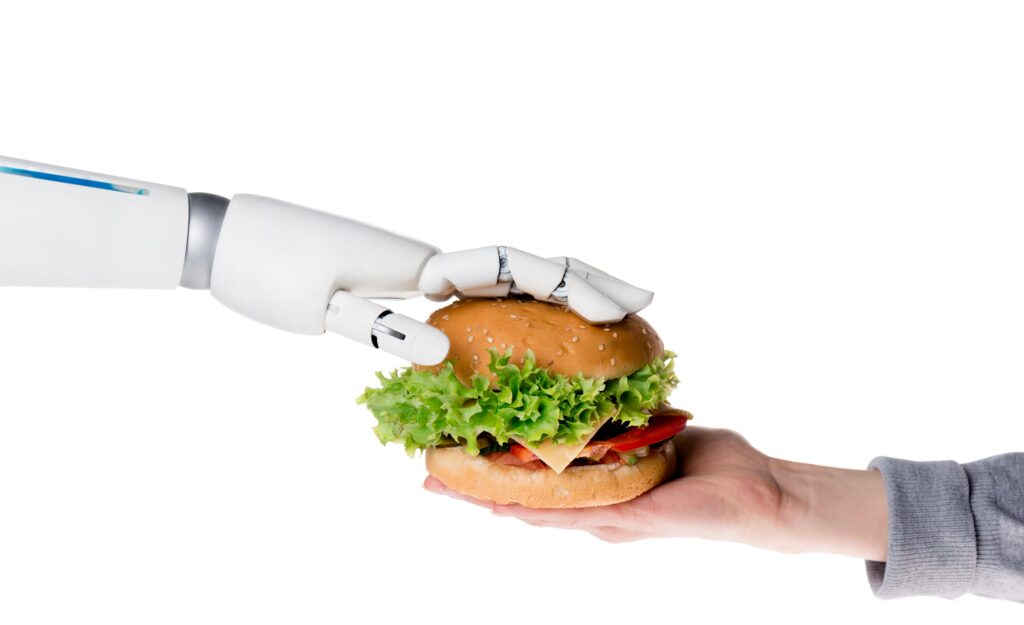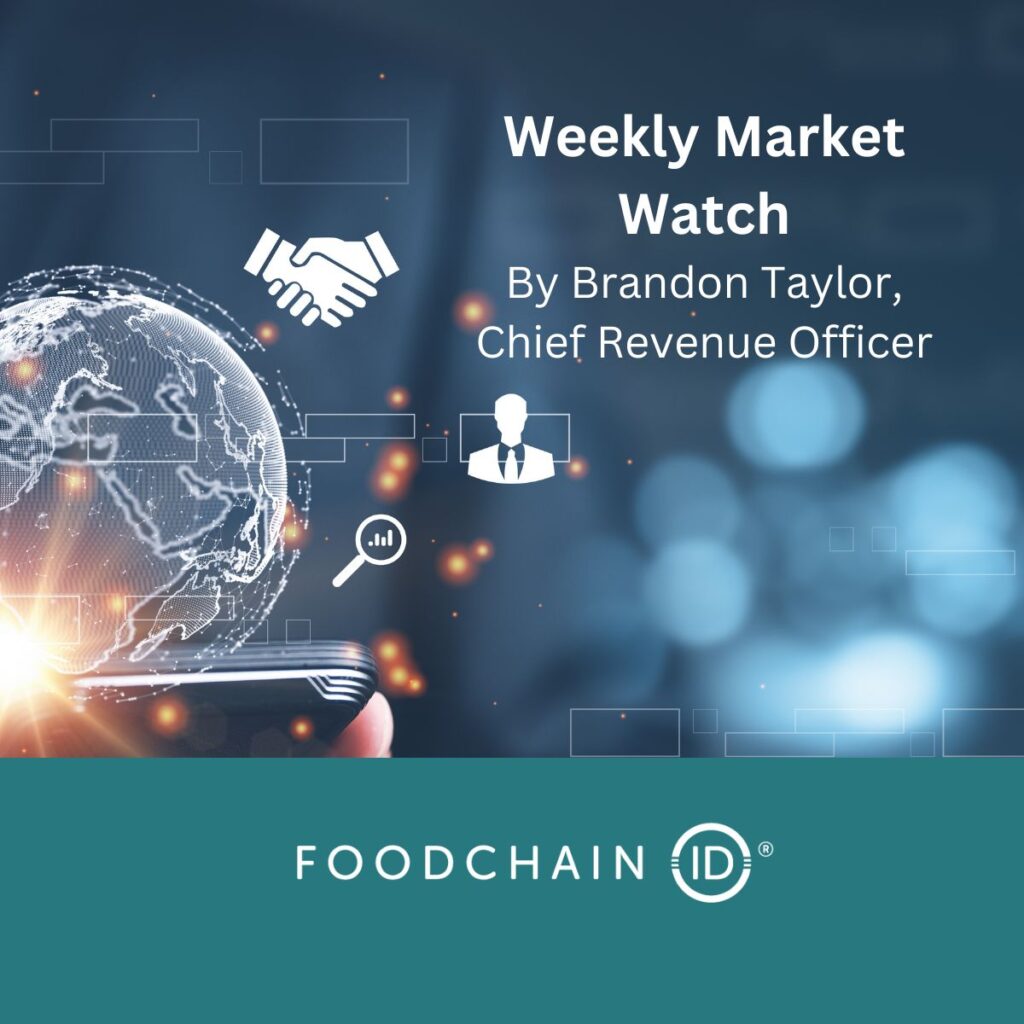
By Brandon Taylor, Chief Revenue Officer
AUTOMATION
Fast Food is About to Get Faster—the Rise of the Robotic Service Industry

Nestled away in the bustling kitchens of fast-food restaurants, robots are making their mark. According to a recently published report by GlobalData, the global robotics market is predicted to grow at a compound annual growth rate of 17% between 2022 and 2030. By this time, the market will be valued at $217bn.
In early October 2023, Doosan Robotics made a triumphant debut on South Korea’s stock exchange when it ranked the country’s largest IPO this year, having raised Won421.2bn ($317m). Doosan is making robots tailored to the service industry. In the days following the IPO, Doosan announced it had secured a partnership with Kyochon, one of South Korea’s largest fried chicken restaurant chains.
Other robot manufacturers are experiencing success in the fast-food sector. In March 2023, Miso Robotics, headquartered in California, announced that its collaborative automatons have been installed in more than 100 restaurants.
In the US, the fast-food sector is currently experiencing staffing shortages. According to the US National Restaurant Association, 62% of restaurants reported being understaffed while 92% described rising food costs as a serious threat. The combination of both these factors renders a robotic workforce increasingly appealing. A similar motivation exists in countries such as Japan, South Korea and Singapore, where populations are ageing rapidly, and labor shortages pose an escalating threat to a variety of sectors.
Source: GlobalData
INDUSTRY FORECAST
Forecasting a Non-Disruptive Future in the Food Industry

Tom Bailey, a senior analyst with Rabobank, the giant multinational banking and financial services company based in Utrecht, the Netherlands predicts that disruptive innovation in the food industry will slow thanks to a confluence of factors. He recently concluded that the lack of financial results from some potentially earth-shaking new food platforms will combine with a more skeptical global consumer and a more challenging economic environment to limit the collective disruption of the industry over the next few years—especially as compared with what has happened over the previous two decades.
Source: IFT Food Technology Magazine
SECTOR TRENDS
Non-alcoholic Beverage Industry Embraces New Merchandizing Strategies to Drive 30% YOY Growth

Once relegated to the bottom shelf in the back corner of a store or hidden among the sparkling water or cocktail mixers, non-alcoholic beer, wine and spirits are breaking free from the stereotypes of who drinks them and when, and in doing so are setting new merchandizing standards and marketing best practices.
Source: Beverage Daily











